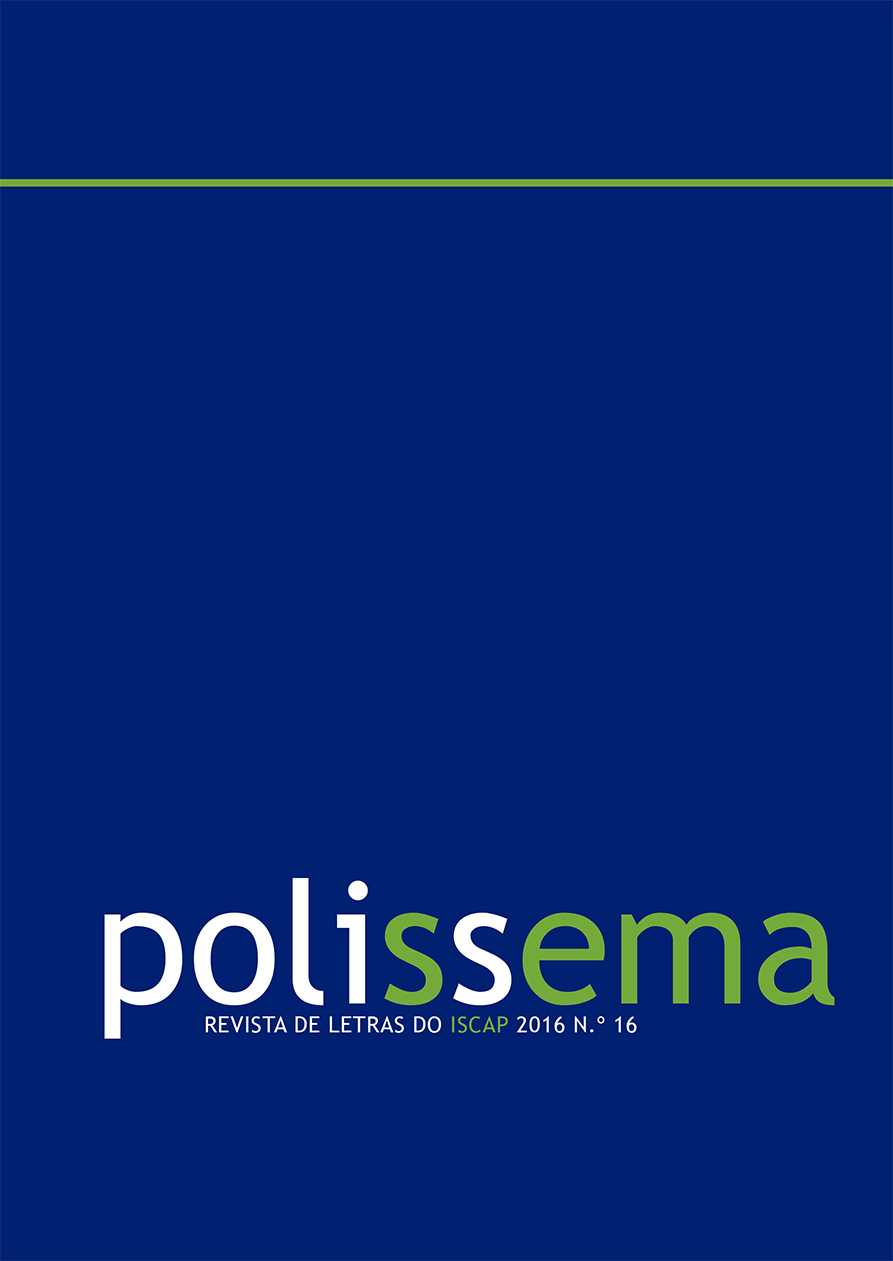COMMUNICATION, THE CORNERSTONE OF ORGANIZATIONAL LIFE: BUSINESS COMMUNICATION TOOLS USED BY PORTUGUESE COMPANIES
DOI:
https://doi.org/10.34630/polissema.v0i16.2964Keywords:
communication tools, external communication, globalization, internal communication, organizational cultureAbstract
As a dynamic, complex and multidimensional human process, communication implies a social relation based on which subjects share a certain meaning. Bearing in mind that each social system in which subjects interact is founded and developed through communicational acts, communication is also, therefore, the core of organizational life, both in its endogenous and exogenous dimension. Without communication, there isn't organization, management, cooperation, motivation, sales, offer and demand, marketing, coordinated work processes and even the sharing of a common history, principles, values and symbols - all elements that help the organization build its identity and develop its organizational culture. Ultimately, an organization is a communication network, and if it fails, the organization may also fail altogether. This premise is the basis for the present study, a work in progress that, on the one hand, aims to reflect upon the importance of effective communication in a global, competitive and demanding business context and, on the other hand, intends to identify the different communication tools used by Portuguese companies in their interactions with their different stakeholders. We also aim to analyse the correlation between the used tools and the characteristics of the organization, namely as regards to its sector and dimension.
Downloads
Published
How to Cite
Issue
Section
License
Copyright (c) 2016 POLISSEMA – ISCAP Journal of Letters

This work is licensed under a Creative Commons Attribution-NonCommercial-NoDerivatives 4.0 International License.


